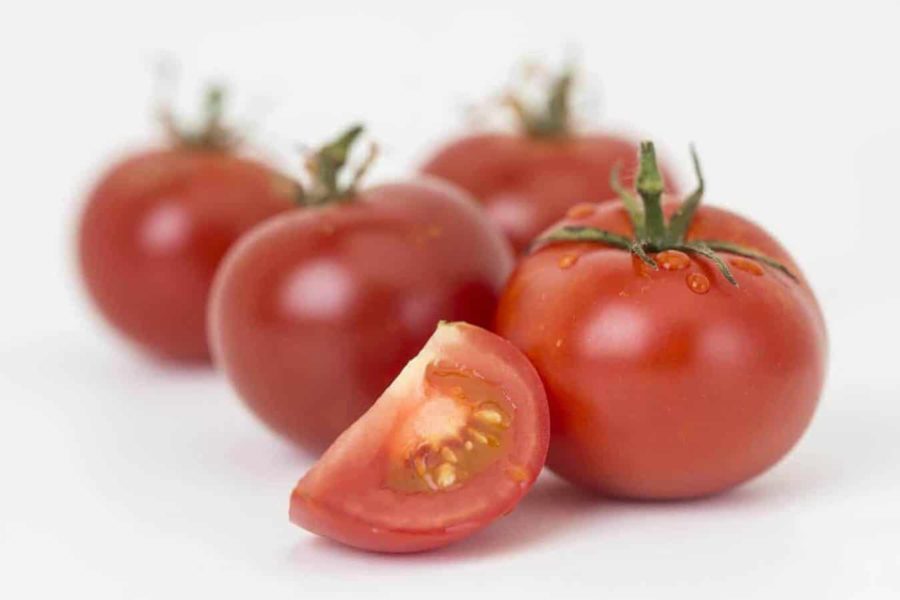Red means “Green light, go for it!” Green means: “hmm, better not!” Like an upside down traffic light in our brain, color helps us decide whether or not to eat something. This, according to a study at the International School for Advanced Studies (SISSA) in Trieste and recently published in the journal Scientific Reports stating that vision is the main sense we use to guide us in food choices. To evaluate calorie intake, we rely on a “color code.”
“According to some theories, our visual system evolved to easily identify particularly nutritious berries, fruits and vegetables from jungle foliage,” says Raffaella Rumiati, SISSA neuroscientist and coordinator of the new study. The human visual system is trichromatic: in the retina, the light-sensitive organ of the eye, there are three classes of photoreceptors (cones) tuned preferentially to three different bands of the visible spectrum. This implies that we can see a large number of colors (more than monochromatic and dichromatic animals, less than those with 4, even 5 types of photoreceptor). “We are particularly efficient at distinguishing red from green,” says Rumiati. This sophistication testifies to the fact that we are “visual animals,” unlike others, dogs, for example, who depend on their sense of smell. “It is mainly the color of food that guides us, and our experiments show how,” explains Rumiati. “To date, only a few studies have been focused on the topic.”
What do we look for in food? Nutrition, of course, or calorie-dense content, and high protein. “In natural foods, color is a good predictor of calories,” explains Francesco Foroni, SISSA researcher and first author of the study. “The redder an unprocessed food is, the more likely it is to be nutritious, while green foods tend to be low in calories.” Our visual system is clearly adapted to this regularity. “The participants in our experiments judged foods whose color tended towards red as higher in calories, while the opposite was true for greens,” continues Giulio Pergola, a researcher at the University of Bari, and one of the authors of the study. “This is also true for processed, or cooked foods, where color loses its effectiveness as an indicator of calories.”
Actually, the scientific literature shows clearly that cooked foods are favored over natural foods and the phenomenon has been observed even in other species besides humans. “Cooked foods are always preferred because, compared to natural foods, there is more nutrition for the same quantity,” explains Rumiati. “With cooked foods, however, the dominance of red over green no longer provides reliable information, which might lead us to believe that the brain would not apply the rule to processed foods. On the contrary, it does, which hints at the presence of ancient evolutionary mechanisms from before the introduction of cooking.”
Another nod in favor of this hypothesis is the fact that the color code in the Rumiati and colleagues experiments does not come into play for items other than food: “The preference for red over green is not observed with non-edible objects,” says Rumiati. “This means that the color code of the visual system activates correctly only with food stimuli.”
Inner traffic light for eating healthier
Our findings, besides increasing our knowledge of the visual system, offer interesting possibilities on many fronts which could have an important impact on the public health: marketing food, for example, and treating eating disorders. “Much is being done today to encourage healthier eating,” notes Rumiati. “For example, trying to convince the people to eat foods lower in calories.” Some countries propose bans on certain types of products, such as carbonated soft drinks and high fat foods. In some cases, there is a disclaimer on the packaging, as with cigarettes. Perhaps food color could be used to produce significant results, even if artificial. “
If our reporting has informed or inspired you, please consider making a donation. Every contribution, no matter the size, empowers us to continue delivering accurate, engaging, and trustworthy science and medical news. Independent journalism requires time, effort, and resources—your support ensures we can keep uncovering the stories that matter most to you.
Join us in making knowledge accessible and impactful. Thank you for standing with us!

